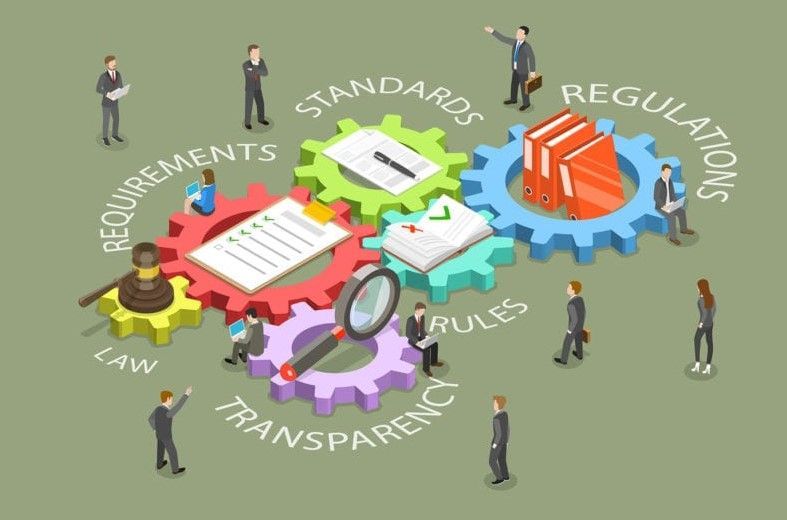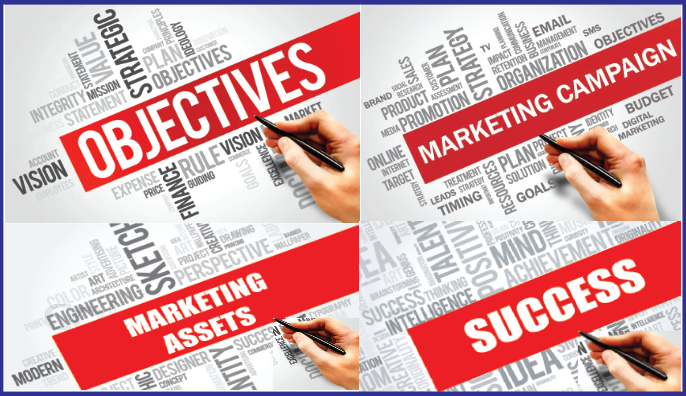Stop! Don’t Slash Sales and Marketing
June 17, 2025
The first quarter of 2022 is almost over. Where does your company stand? Check out these 11 proven ways to cut costs and sharpen sales—six of which don’t require any additional investment in sales or marketing.
It’s true. Slow, challenging, or uncertain times call for greater investment in sales and marketing, not less. But few businesses bite that bullet. They blindly cut back instead of giving their sales forces more times at bat by stepping up to the lead generation plate. No wonder their salespeople don’t get the appointments they need.
Keep in mind, too, that as sales revenue increases, marketing and sales costs decrease as a percentage of sales. The goal isn’t to reduce spending but to increase revenue. Here are 11 things you can do to cut costs and sharpen sales, six of which don’t require spending money on marketing or sales.
1. Cut Your Weakest Links. Sales representatives fall into four performance groups. The “A’s” are the 20 percent that usually produce 70 to 80 percent of new business. Just leave them alone for now. (In the future, they can benefit from specialized training in consultative selling.) The “B’s” aren’t as productive, but motivation and light training can move them toward A-level performance. The “C’s” are the largest group. They require extensive training but are open to learning. And the “D’s”? Well, they don’t seem to learn and, worse, they don’t practice what they do learn. Let them go.
2. Put the “C’s” on Notice. State clearly that only the top 50 percent will survive. Set a deadline to let the other 50 percent go. You can’t ever afford to carry “C’s” that don’t get better, but the drag is especially heavy in difficult times like these.
3. Separate Selling from Servicing. Too often, taking care of existing customers keeps salespeople from working on suspects and prospects. Plus some reps use it as an excuse for not meeting their new business numbers. So, designate a portion of your sales force to work only on developing new business, not servicing current customers. Or, just set a percentage of time for each salesperson to focus on business development.
4. Outsource Lead Generation. Most salespeople (more than 95 percent, in our experience) are not good at cold calling and don’t like it. They either waste time procrastinating or they don’t do it at all. Either way they drive up your costs by reducing their productivity. Cold calling requires special skills and personality types. So be sure to play to the strength of most sales forces: face-to-face selling. Outsourcing lead generation can double the time your salespeople spend with viable prospects.
Q1 Sales and Marketing: Time for a Reality Check?
Are your sales where they should be?
Is your marketing turning up the right leads? Is your growth plan on track? Our complimentary, one-on-one discovery session offers an unbiased reality check on where you are now and where you might be going in 2022—good and bad. We’ll apply the same basic approach we use with our clients and devote up to 45 minutes to help you gain invaluable outside perspective. Use our experience with hundreds of companies to get on track—or stay on track—in what promises to be an especially challenging year. What do we get out of it? Maybe a new client, of course. But more important is that we get our own reality check on the marketplace. What’s the thinking out there? What are the goals, problems, the hoped-for outcomes? And, no, we will not try to sell you anything. We will offer practical next-step ideas to improve your business development results that you can apply on your own or by working with us. We benefit simply by keeping tabs on what business leaders are thinking in the context of their own companies and, especially, what problems they’re facing now and in the future. Please get in touch at 847-446-0008, Ext. 1, or pkrone@productivestrategies.
5. Shorten That Sales Cycle. An inefficient sales process gives most companies an inflated view of how many calls and how much time closing new business ought to take. We have met only a handful of companies that can’t cut their sales cycle in half by improving their sales process. But that requires analyzing first-call strategy and the efficiency of first, second, and third calls. That’s a tough task often best done by an unbiased third party. (Our popular consultative selling course, FOCIS®, helps companies reduce the length of their sales cycle by building selling skills and developing a customized sales process.)
6. Post a Post Card. Too “last century” for you? Well, in part, that’s the point. Most businesspeople are bombarded by e-mails and e-mail promotions. Even an effective spam filter can’t stop them all. Post cards are an attention-getter because you don’t see them as much anymore. They’re almost a novelty. The best news, however, is that a simple, straightforward post card mailing to your current database can improve promotional ROI, even with direct mail’s traditionally low response rates. The cost is simply much lower than that of heavier, more elaborate direct-mail packages. Plus, post cards are a great way to test new lists.
7. Increase Your Prospect Database. Most companies we talk to have a database that’s too small to support direct marketing of any kind: mail, phone, or e-mail. Typical direct-marketing response rates can be as low as one-half of 1 percent and conversion—“closing the sale”—rates even lower. Marketing to a list of 200 names just can’t produce results. But finding the right list of new names will improve your odds of success and breathe life into a tired database.
8. Use Independent Sales Reps. The good news is that outside reps are paid only when they produce new business. The bad news is that if your product or service doesn’t have a high enough price point they might not give it the attention it needs to be profitable. And you must actively compete for your fair share of their time.
9. Rethink Your Sales Presentation. Does it really persuade or just educate? Most presentations we see, even the “polished” ones, are really canned pitches. They parrot the same information to every prospect and stick a price tag on it. A truly persuasive presentation can boost your closing rates and drop the cost of sales dramatically.
10. Really Manage Your Sales Pipeline. Knowing what goes in one end of the sales funnel and what comes out the other isn’t sales management. But new software now allows senior executives and sales managers see “into the funnel.” You can quickly identify which reps get stuck in the process and where. Then you can provide the right support at the right times. Contact management and CRM software each pperform valuable functions, but they don’t influence outcomes. Neither do they identify unproductive behaviors salesperson by salesperson as the new sales management software does.
11. Do Something Now! Too many companies “wait for the holidays to be over” or for “a big new order to come in.” Investing in marketing and sales is like putting money into a savings account. Getting started and staying with it are more important than how much you put in or how crisp, clean, and pretty the dollar bills are. The “time value of action” is just as impressive as the “time value of money”—sometimes more so. During corporate slow periods, recruit managers who don’t normally sell to help out. Just about any manager, including the CEO and CFO, can spend time selling if the business cycle has reduced their normal workload. Plus, talking to prospects and customers is never a bad thing at any management level.
Finally, if you have questions, comments, or would like to discuss
how we might fit into your marketing and sales efforts, just contact me at (847) 446-0008 or pkrone@productivestrategies.
The post Stop! Don’t Slash Sales and Marketing appeared first on Productive Strategies, Inc..










